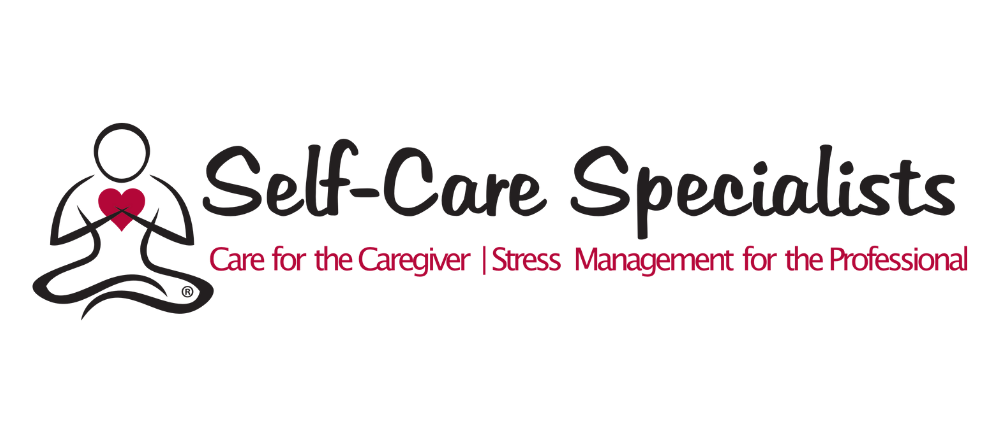Self-Care Movement
What we need is a self-care movement in which each person loves, cares and takes responsibility for him/herself. By acknowledging and responding to our needs, we have more energy and compassion for those we serve. As professional caregivers we have the influence to greatly impact our clients/patients by teaching and modeling effective self-care. We have the opportunity to create and lead a self-care movement, but in order to do so we must be proficient with our personal self-care and “walk our talk”. It begins right here, within ourselves and our professions.
Several researchers of secondary trauma, related to caregiving professionals, have identified self-care as an issue that should be addressed within multiple levels. This is important because professional caregivers are at high risk of experiencing stress injuries due to the intense nature of their work and exposure to secondary trauma. Self-care is viewed as the responsibility of the individual, of educators in the academic setting, and at the professional level within the workplace (Gokhan, Meehan & Peters, 2010; Newell & Macneil, 2010; Radey & Figley, 2007).
The individual can address self-care by holding him/herself to a high standard of self-care practice. By maintaining a commitment to excellent self-care habits, the caregiver is more likely to maintain balance and resiliency during times of occupational stress. It is helpful to design a self-care plan that has specific intentions regarding self-care methods and frequency of application. The individual caregiver can seek out self-care resources and tools through research, training workshops, on-line training and by working with qualified professionals. Additionally, working toward wholeness within ourselves by healing unresolved issues and traumas can be freeing.
Self-care can be addressed within academia by including stress management and self-care courses into the university’s curriculum. An ideal time to offer such courses is when students are doing on-the-job practicums and internships. Creating awareness regarding secondary trauma and teaching effective stress management tools before entering into the caregiving professions could better prepare students to handle the intensity of their work and result in career longevity.
Organizations can address self-care by providing their employees with stress management/self-care training and continuing education. Wellness programs are an excellent way to support employees with their self-care needs. Additionally the organization can reinforce professional self-care by encouraging employees to take lunch breaks, providing manageable workloads and reasonable work hours, ensuring adequate supervision and training, and by cultivating a positive environment that results in employee satisfaction.
By addressing self-care within multiple levels caregivers are more likely to experience satisfaction and flourishing within their work. When the caregiver is feeling optimal he/she can provide superior client/patient care. From this place the caregiver can positively impact the client/patient by modeling and teaching effective self-care. This is an opportunity to create much needed change within our society. As Ghandi said, “Be the change that you wish to see in the world.”
Citations
Gokhan, N., Meehan, E., & Peters, K., (2010). The value of mindfulness-based methods in teaching at a clinical field placement. Psychological Reports, 106(2), 455-466.
Newell, J., & MacNeil, G., (2010). Professional burnout, vicarious trauma, secondary traumatic stress, and compassion fatigue: a review of theoretical terms, risk factors, and preventative methods for clinicians and researchers. Practices in Mental Health, 6(2), 57-68.
Radey, M. & Figley, C., (2007). The social psychology of compassion. Clinical Social Work Journal, 35(1), 207-214.

